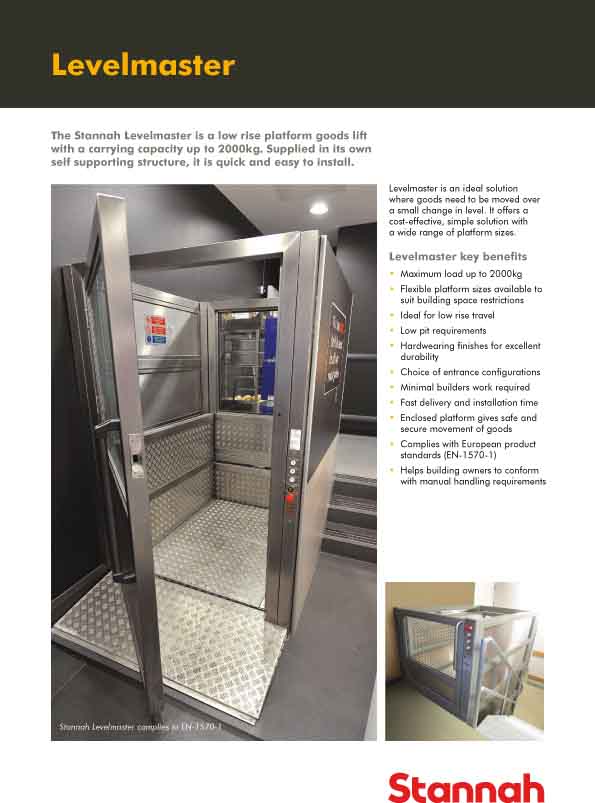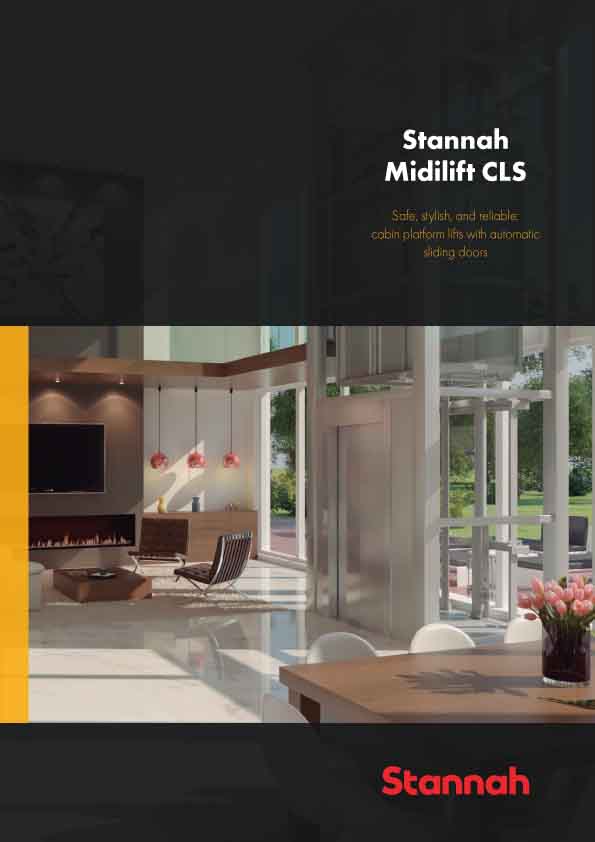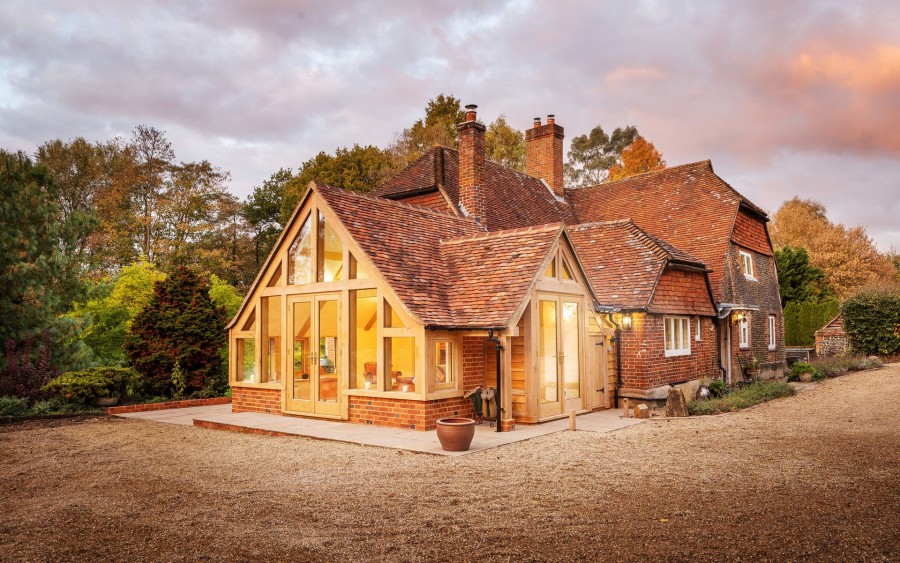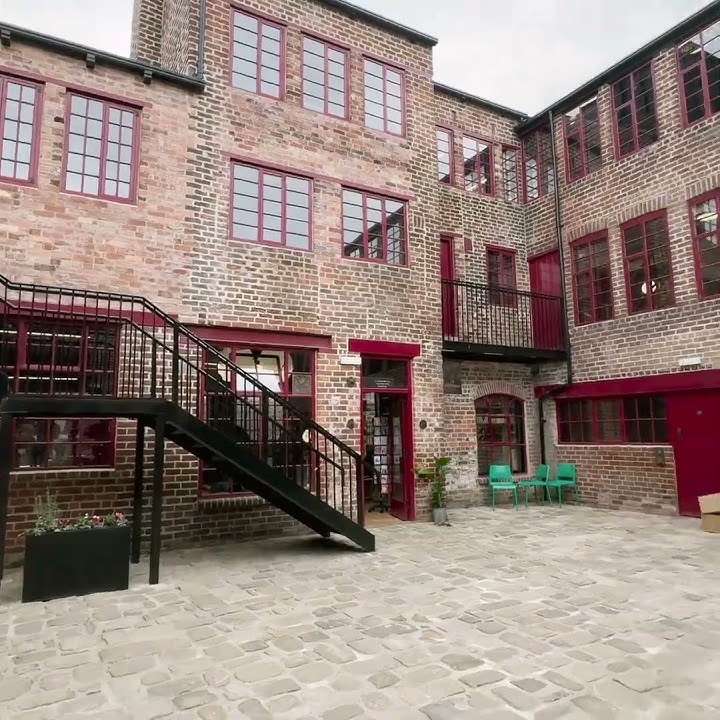By Neil Perdell, National Technical Manager, Aico Ltd
There’s no smoke without fire, or so the saying goes. If only it were that simple. True, the two go hand in hand, but there are different types of smoke and different types of fire. For the majority of residents, if a fire starts in their home they don’t need to know what caused it or what type of smoke it’s giving off, they just have to know to extinguish it if it’s safe to do so or get out and call Fire and Rescue.
However, for those specifying or installing a fire detection system understanding types of fires and their by-product is essential. Anyone who has ever been involved in fire detection will know that one alarm does not fit all as different sensing methods pick up different types of smoke or heat. Incorrectly select and site an alarm and it may not detect a fire in time and the chance of false alarms could increase.
In a domestic setting the majority of fires result in differing levels of heat and two distinct types of smoke: large particle smoke from smouldering fires typical of those involving furniture and bedding, and almost invisible smoke produced by fast flaming fires.
As the type of smoke identified falls into two distinct categories, as we have seen, there are two different sensing technologies to detect these: Optical and Ionisation.
Optical sensors, as the name suggests, operate on a visible detection basis and are therefore used to detect those smouldering fires producing large particle smoke. They feature a chamber which takes in the external atmosphere. A light beam is pulsed every few seconds to ‘look’ for smoke. When large particle smoke is detected, the light beam will be scattered onto the light receptor, which causes the alarm to sound.
BS 5839: Pt.6: 2004 – the British Standard for domestic alarm installation - recommends the use of Optical alarms in circulation spaces of a dwelling, such as hallways and landings. This is not only because of their ability to react to furniture based fires, but also because they are less likely to detect the type of invisible smoke produced by cooking fumes, thus avoiding nuisance alarms from burnt toast. However, they can react to steam, so should not be located too close to poorly ventilated bathrooms or shower rooms.
Like Optical alarms, Ionisation alarms also feature a sensor chamber, but they work very differently. Instead of using light to detect smoke particles they have a minute radioactive element (one that is completely safe!) that ionises the air within the chamber. This causes a small current to flow in the chamber that remains constant for the life of the alarm unless smoke particles enter. If smoke does enter the chamber, the balance of the current is disturbed and this causes the alarm to sound.
On the plus side, Ionisation type sensors are less vulnerable to false alarms caused by dense tobacco smoke, excessive dust and insect ingress and the technology is cheaper than Optical alarms. However, because they are particularly sensitive to the almost invisible smoke produced by fast flaming fires, they can cause false alarms from day to day cooking fumes, so should not be used close to kitchens.
We have talked about alarms’ suitability for use near kitchens, but what about in kitchens?
Because of the cooking vapours found in any kitchen (regardless of how good the cook!), smoke alarms should never be used in a kitchen. Instead, a Heat alarm should be fitted, as these are not responsive to any type of smoke or fumes, only heat.
Heat alarms feature a thermistor (a heat sensitive resistor) in the sensor chamber of the alarm which reduces in resistance as the temperature increases. When this indicates the temperature is 58ºC or over the alarm sounds.
Because of the potential for a slower response than smoke alarms, heat alarms should only be used in a fire alarm system that also includes smoke alarms, and all of the alarms must be interconnected.
Whilst the placing of heat alarms is pretty straightforward, it’s not always cut and dry when you should use an Optical or Ionisation detector. Take, for example, a small property where the bathroom and kitchen are close to each other. Pick an Optical alarm and it may react to bathroom steam. Pick an Ionisation alarm and it might accidentally pick up on the cooking fumes from the kitchen. A no win situation?
Thankfully, life has been made that bit easier with the addition of a new alarm type: the Multi-Sensor.
The Multi-Sensor combines the best features of an Optical alarm – quick response to slow smouldering fires and immunity to kitchen fumes - with the best features of a heat alarm – response to a fast flaming fire and immunity from contamination. Whilst it contains two sensing elements, it has a level of intelligence built in to the circuitry which enables it to not only monitor the signals from both the Optical and Heat sensors, but also to interpret those signals. This makes it the ideal choice for all rooms in a dwelling except a kitchen.
Of course, selecting the right sensing technology isn’t all a specifier has to contend with.
Having decided what goes where, the decision needs to be made whether to opt for battery or mains powered models, with the latter being by far the safest option as they don’t rely on residents changing the batteries regularly. Mains powered smoke alarms do contain batteries, but as back-up for added safety to power the alarm in the event of mains failure. It is preferable to opt for those that have rechargeable Lithium cell back-up as it offers exceptional performance over a long period of time and it cannot be removed like common PP3 batteries .
In addition to the sensor and power, not all alarms are the same in terms of quality and functionality, as you might expect.
All smoke alarms are manufactured to BS EN 14604: 2005, which means they meet the criteria set down in that standard. However, there are additional quality points to be aware of. Buy a low cost alarm and it will have low quality components which may lead to false alarms or even, in a worst case scenario, failure to sound at the critical time of a fire. False alarms could lead to the unit being disabled by the resident or the installer called out to address the problem.
Poor quality, cheap alarms also lack added functionality and accessories that make a smoke alarm system more effective. The key one here is the ability to interconnect wirelessly.
BS5839 Part 6 and Building Regulations dictate all alarms in a property are to be interconnected, so that if one unit goes into alarm, all the others sound too, ensuring the warning is heard throughout. With the majority of alarms, this has to be done through hard wiring – expensive, time consuming and disruptive in an existing property. However, with some alarms this can instead be achieved using RF signals between the alarms. Aico offers such a facility with its RadioLINK Professional system. Not only is it quick and easy, it builds flexibility into the system, allowing it to be readily adapted at a later date to changing requirements, such as building alterations or a change of resident with different requirements ( for example a disabled person who requires specialist alarms and accessories to be added such as a strobe light).
Other accessories include items such as Alarm Control Switches to help test, locate and silence all alarms on a system from the one switch and modules to link to a sprinkler system or a Warden system. All useful add ons, but only available at the quality end of the market.
Specifying a domestic fire detection system may not be rocket science, but it does involve informed decision making. Making sure you have the appropriate detection technology in the right place is at the very heart of a system. With advances in technology, such as the Multi-Sensor and wire free alarm interconnection, some manufacturers are trying to make the process less complex and the system more effective at the same time. But ultimately the responsibility for the quality of the finished system comes down to your decision process; make an ill informed decision or opt for cheaper, poor quality product and you won’t get the best out of a fire detection system. At worst, that could put people’s lives at risk.
Aico Ltd. is a wholly owned subsidiary of Ei Electronics, Europe’s leader in residential fire and gas detection. All alarms are designed and built in Europe - specifically to meet UK standards and regulations. For more information please go to www.aico.co.uk




















